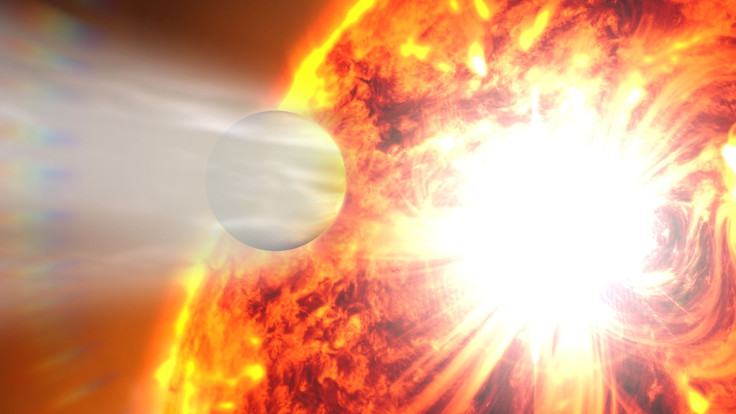Search For Habitable Planets Made Easier With New Technique To Measure Surface Gravity Of Distant Stars

In the hunt for exoplanets that can harbor life as we know it, scientists look for a number of clues. Of these, the most crucial one relates to the size and mass of distant stars, which, if calculated accurately, can ultimately help understand the properties of planets in their orbits to determine if they are habitable.
“If you don't know the star, you don't know the planet,” Jaymie Matthews, a professor of astrophysics at the University of British Columbia, Canada, said, in a statement released over the weekend.
For life as we know it to exist, a planet should be present in the so-called “Goldilocks zone” around the planet's parent stars. This allows them to be at the right distance so they are neither too hot nor too cold to harbor liquid water.
“The size of an exoplanet is measured relative to the size of its parent star. If you find a planet around a star that you think is Sun-like but is actually a giant, you may have fooled yourself into thinking you've found a habitable Earth-sized world,” Matthews added, in the statement.
The study, which devised a new technique to measure the surface gravity of distant stars, was conducted by a team led by Thomas Kallinger from the University of Vienna. Surface gravity, which refers to the intensity with which objects on the surface of a celestial body are pulled toward the center, is usually calculated by measuring a star’s light or brightness. But, this only works well for the closest, brightest stars.
As described in the study published in the journal Science Advances, the new technique — autocorrelation function timescale technique, or timescale technique for short — uses slight variations in the brightness of stars to give a more accurate measurement of surface gravity for distant stars.
For the purpose of the study, the researchers used data of stars' brightness collected from Canada's MOST and NASA’s Kepler satellites.
“Our technique can tell you how big and bright is the star, and if a planet around it is the right size and temperature to have water oceans, and maybe life,” Matthews said, in the statement.
© Copyright IBTimes 2024. All rights reserved.












